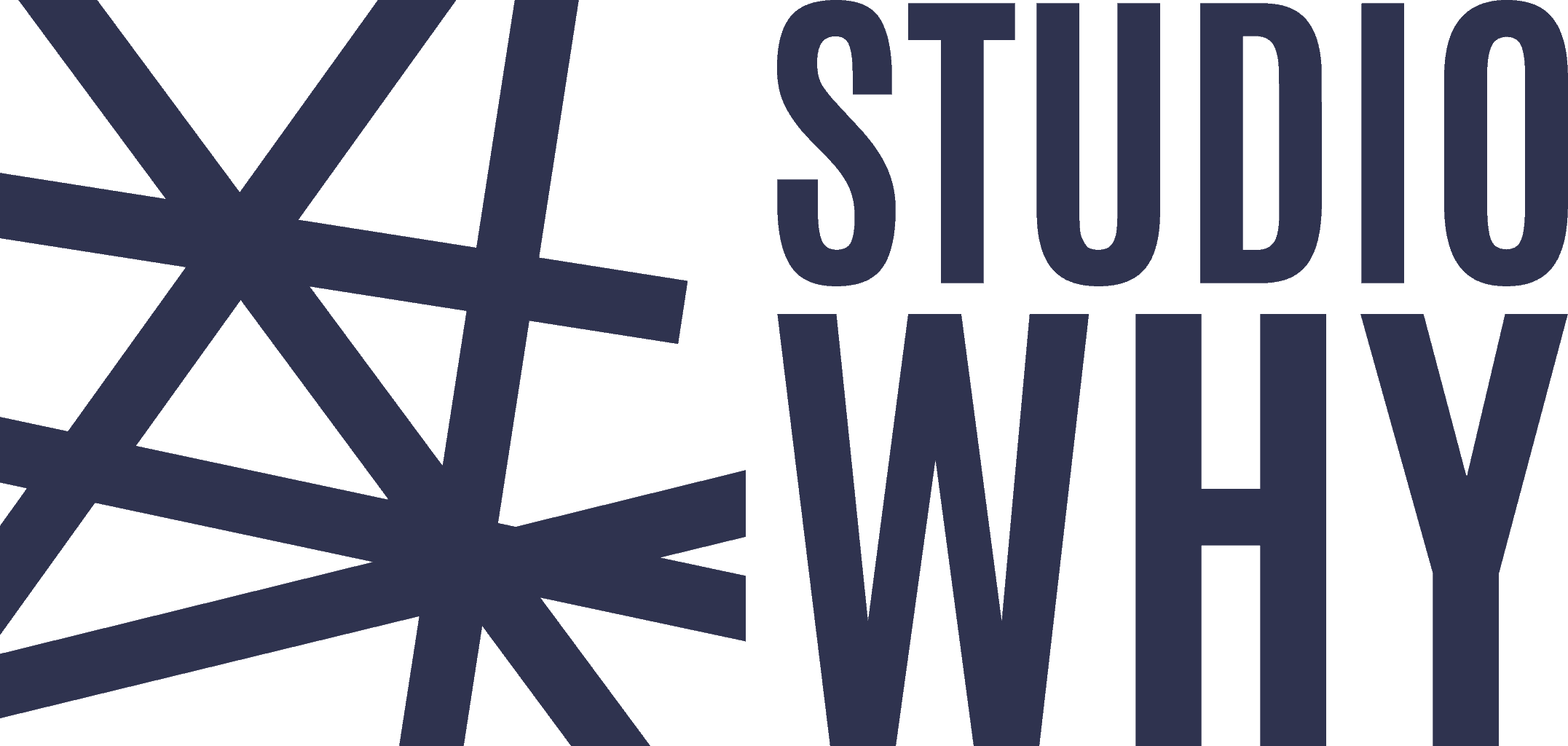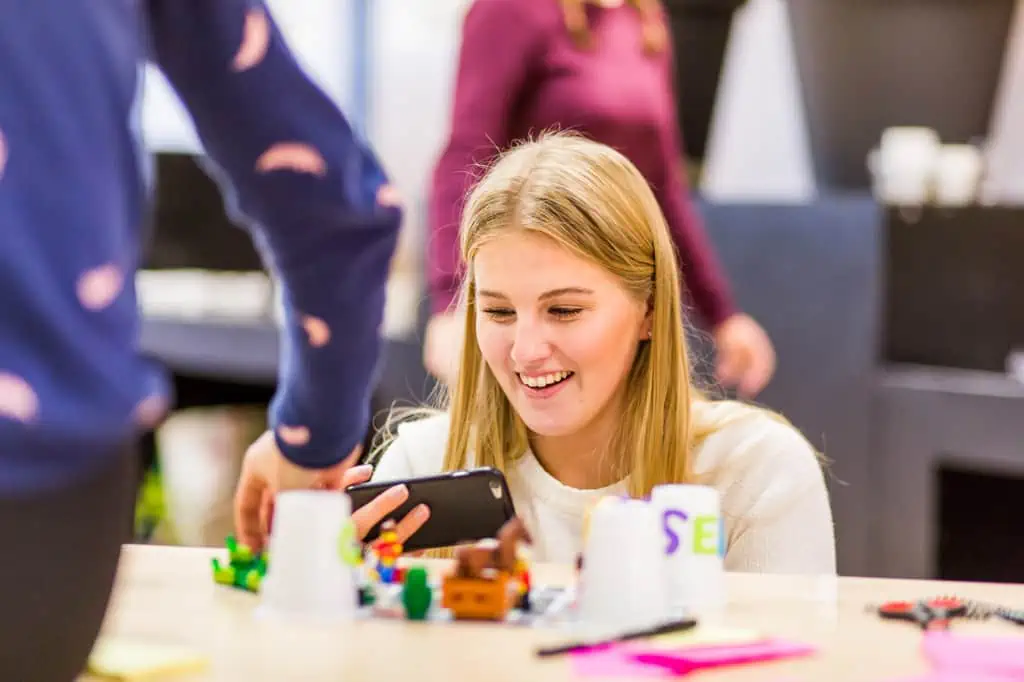The best facilitation methods
There are many different facilitation methods that can be used to help groups and teams explore complex challenges and generate creative solutions. Some of the most popular and effective facilitation methods include:
- LEGO Serious Play (LSP): A method that uses LEGO bricks and other construction materials as a medium for communication and problem-solving.
- Design thinking: A systematic approach to problem-solving that emphasizes empathy for users, prototyping, and iteration.
- Open Space Technology: A method that encourages participants to self-organize and take ownership of the facilitation process.
- World Café: A method that uses small group discussions and visual tools to explore complex challenges and generate ideas.
- Visual facilitation: A method that uses visual tools and techniques, such as drawing, mapping, and diagramming, to facilitate group discussions and decision-making.
- Brainstorming: A group problem-solving technique that encourages the generation of a large number of ideas by suspending judgment and criticism.
- Appreciative Inquiry: A method that focuses on identifying and building on the strengths and successes of individuals and organizations.
- Dialogue Mapping: A method that uses visual tools and techniques to facilitate structured, participatory discussions and decision-making.
Overall, the best facilitation method for a particular group or situation will depend on the specific challenges and goals of the group, as well as the preferences and needs of the facilitator and participants.
Lego serious play
The utilization of effective facilitation methods can greatly enhance the ability of groups and teams to effectively tackle complex challenges and generate innovative solutions. Some of the most widely utilized and successful facilitation methods include LEGO Serious Play, Design Thinking, and Open Space Technology.
LEGO Serious Play, or LSP, is a method developed by the LEGO Group in the 1990s to aid teams in exploring intricate business challenges and devising creative solutions. The technique employs LEGO bricks and other construction materials as a medium for communication and problem-solving. The LEGO Group refined and developed the method over time, releasing a professional training program called LEGO Serious Play in 2002 to assist organizations worldwide in adopting the method. Today, LSP is commonly employed by facilitators and organizations worldwide as a powerful tool for team-building, problem-solving, and innovation.
Design Thinking
Design Thinking is a problem-solving approach that involves empathy, creativity, and iteration to come up with innovative solutions to complex problems. As a facilitation method, it guides a group of individuals through a structured process to identify challenges, generate ideas, prototype solutions, and test and refine them. The goal is to encourage creativity and collaboration in finding practical, human-centered solutions.
Open Space Technology
Open Space Technology, or OST, is a facilitation method designed to assist groups of people in self-organizing and working together on complex projects. It is based on the belief that, given the right conditions, people are naturally motivated and capable of achieving great things. OST is typically used in situations requiring a high level of collaboration, innovation, and creativity, particularly when there are a large number of stakeholders or when issues are complex and multifaceted. In an OST session, the facilitator creates a safe and open space for participants to engage in dialogue and work together towards a common goal, rather than providing solutions or dictating the direction of the conversation.
World Café
The World Café is a unique facilitation method that promotes collaboration and interaction among a group of people. This approach involves arranging tables in a circular or horseshoe shape, with each table dedicated to a specific topic or theme. Participants are encouraged to move between tables, sharing their ideas and perspectives with various groups of individuals. The facilitator then consolidates and summarizes the ideas and insights generated during the discussion, and presents them to the group as a whole. The aim of the World Café is to foster a sense of community and collaboration, while also generating new ideas and insights through diverse perspectives and conversations.
Visual facilitation
Visual facilitation is a technique that employs the use of visual aids such as diagrams, charts, and other visual elements to enhance communication and comprehension during group processes or meetings. It is commonly utilized in situations where participants are required to process and comprehend intricate information, as visual aids can assist in simplifying and structuring ideas and concepts. Additionally, visual facilitation can actively involve all members of the group by enabling them to contribute and participate in the process by incorporating their own ideas and thoughts into the visual representation. In conclusion, visual facilitation is a powerful tool for promoting effective communication and collaboration within a group, particularly when facilitating complex or challenging discussions.
Brainstorming
Brainstorming is a facilitation method that involves a group of people coming together to generate ideas and solutions to a problem or challenge. It is designed to encourage creativity and generate a large number of ideas in a short period of time. The process typically involves the facilitator posing a question or problem to the group, and then encouraging everyone to come up with as many ideas as possible, without any judgment or criticism. The group then discusses and evaluates the ideas to identify the most promising solutions. Brainstorming is often used as a starting point for more in-depth problem-solving or decision-making processes.
Appreciative Inquiry
Appreciative Inquiry (AI) is a facilitation method that focuses on the positive aspects of an organization, group, or system, rather than on problems or weaknesses. It is a process of inquiry and action that is grounded in the belief that every organization, group, or system has strengths and resources that can be used to create positive change. AI involves asking positive, open-ended questions and using the answers to inspire and guide action. It is based on the idea that focusing on what is working well and building upon it is more effective than trying to fix what is not working. AI is often used in organizational development and change management, as it helps to create a positive and collaborative culture that is focused on growth and innovation.
Dialogue Mapping
Dialogue mapping is a facilitation method that involves creating a visual representation of the conversation or debate taking place. It is used to clarify and organize the conversation, identify areas of agreement or disagreement, and identify potential solutions or next steps. This method can be used in a variety of settings, including team meetings, workshops, and strategic planning sessions. It involves the use of tools such as sticky notes, whiteboards, or online collaboration platforms to visually map out the conversation and track its progression. By creating a visual representation of the dialogue, facilitators can more effectively facilitate discussions, facilitate decision-making, and identify opportunities for improvement.


